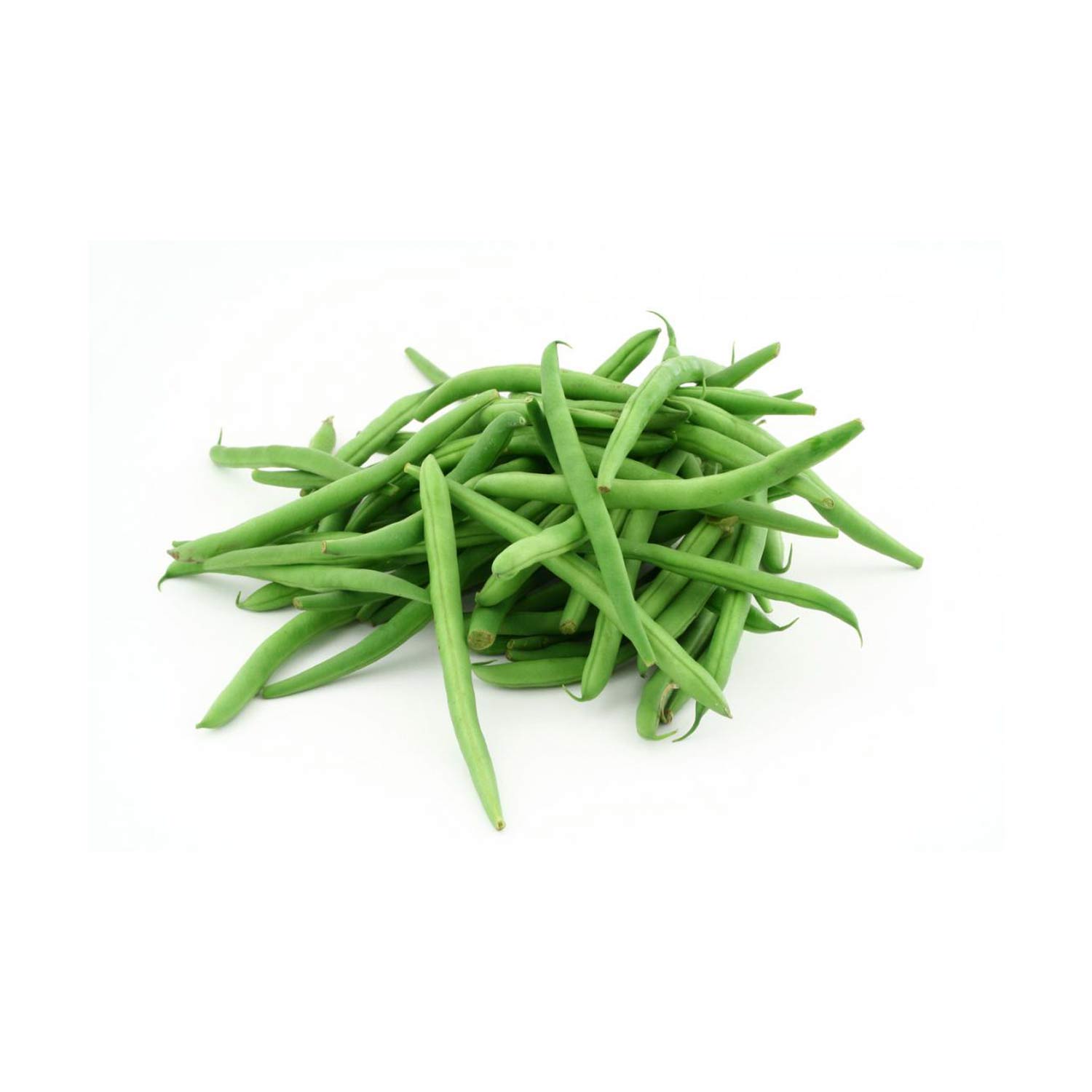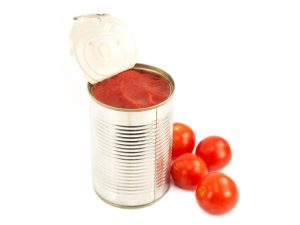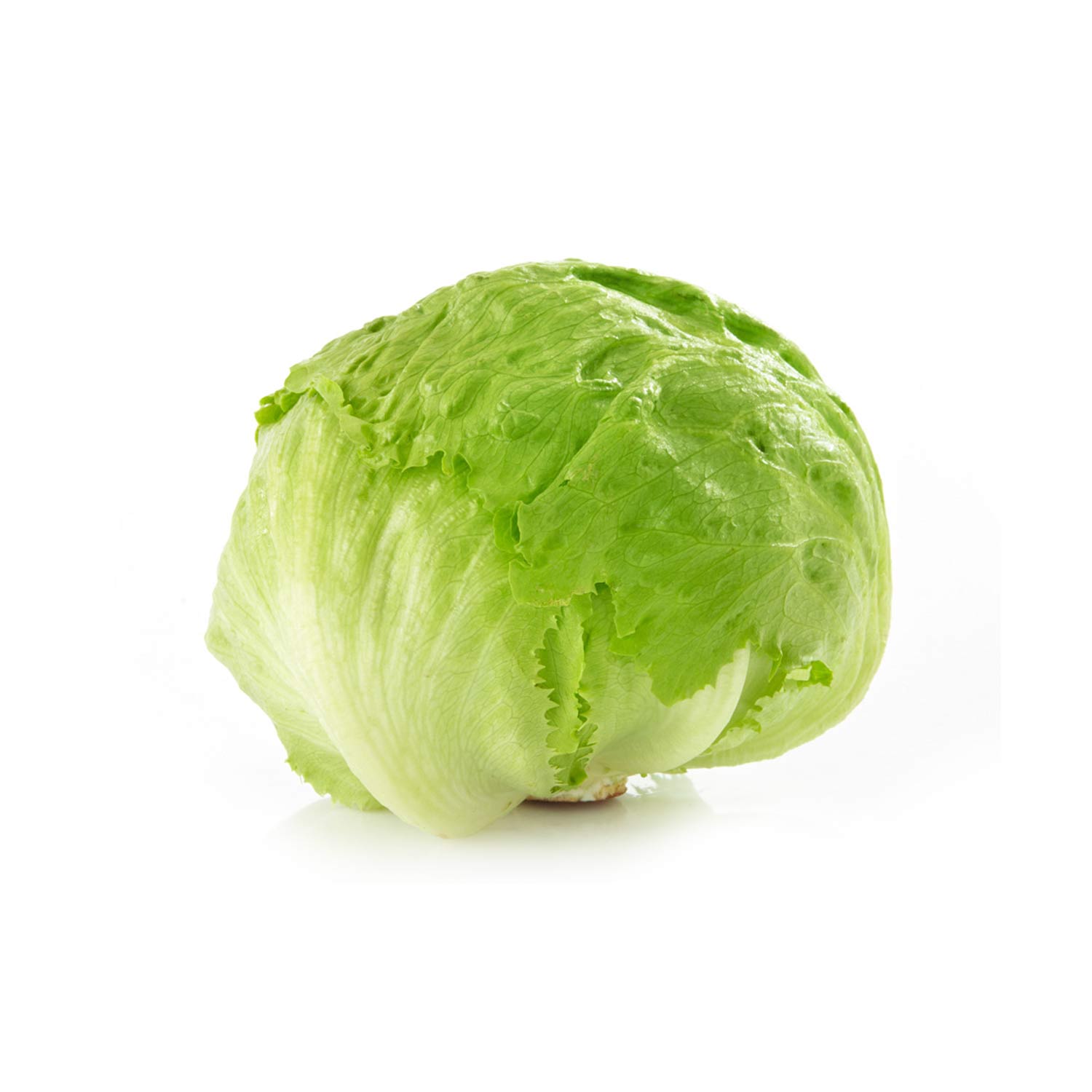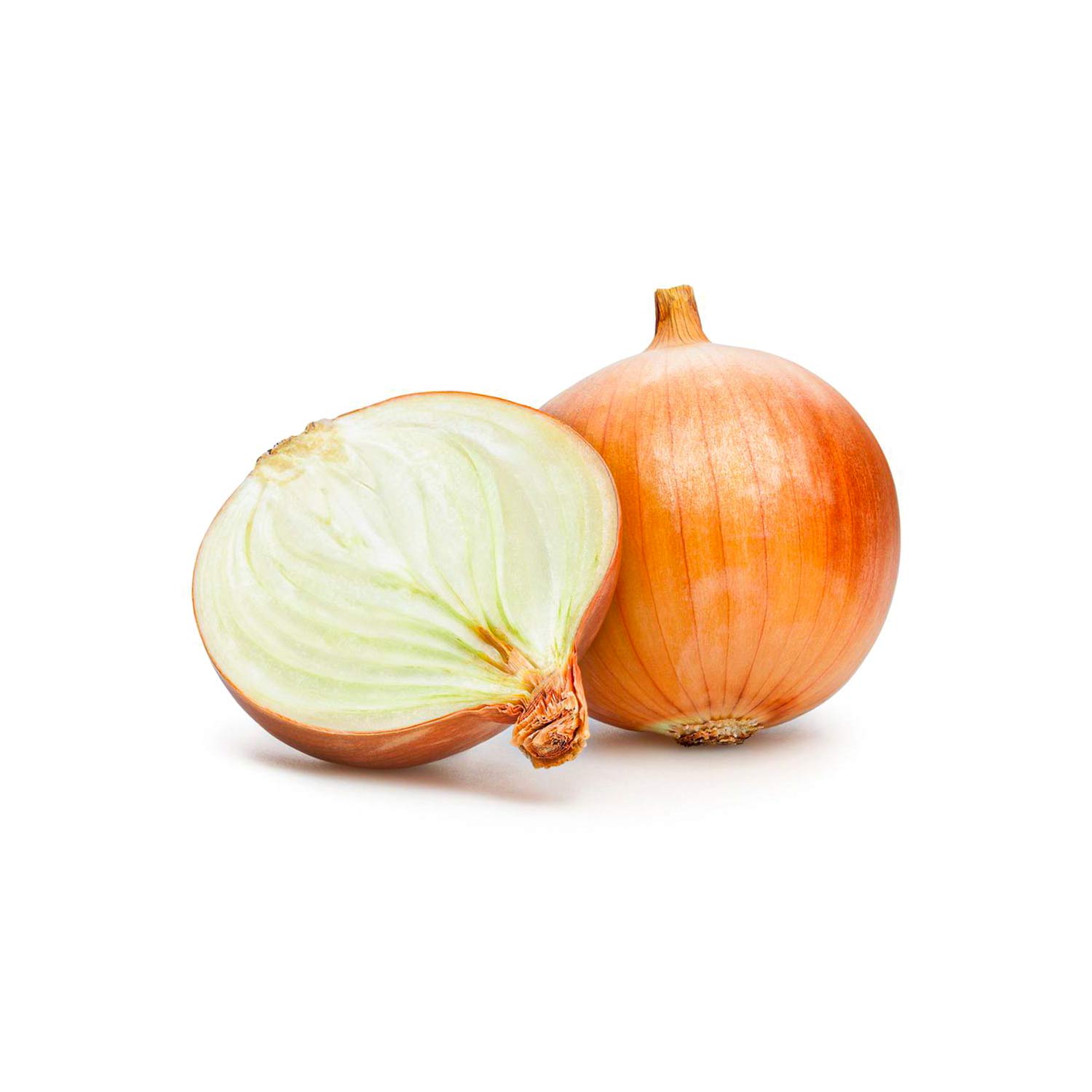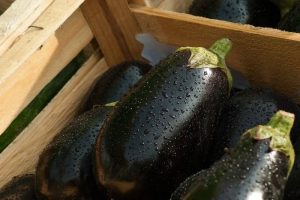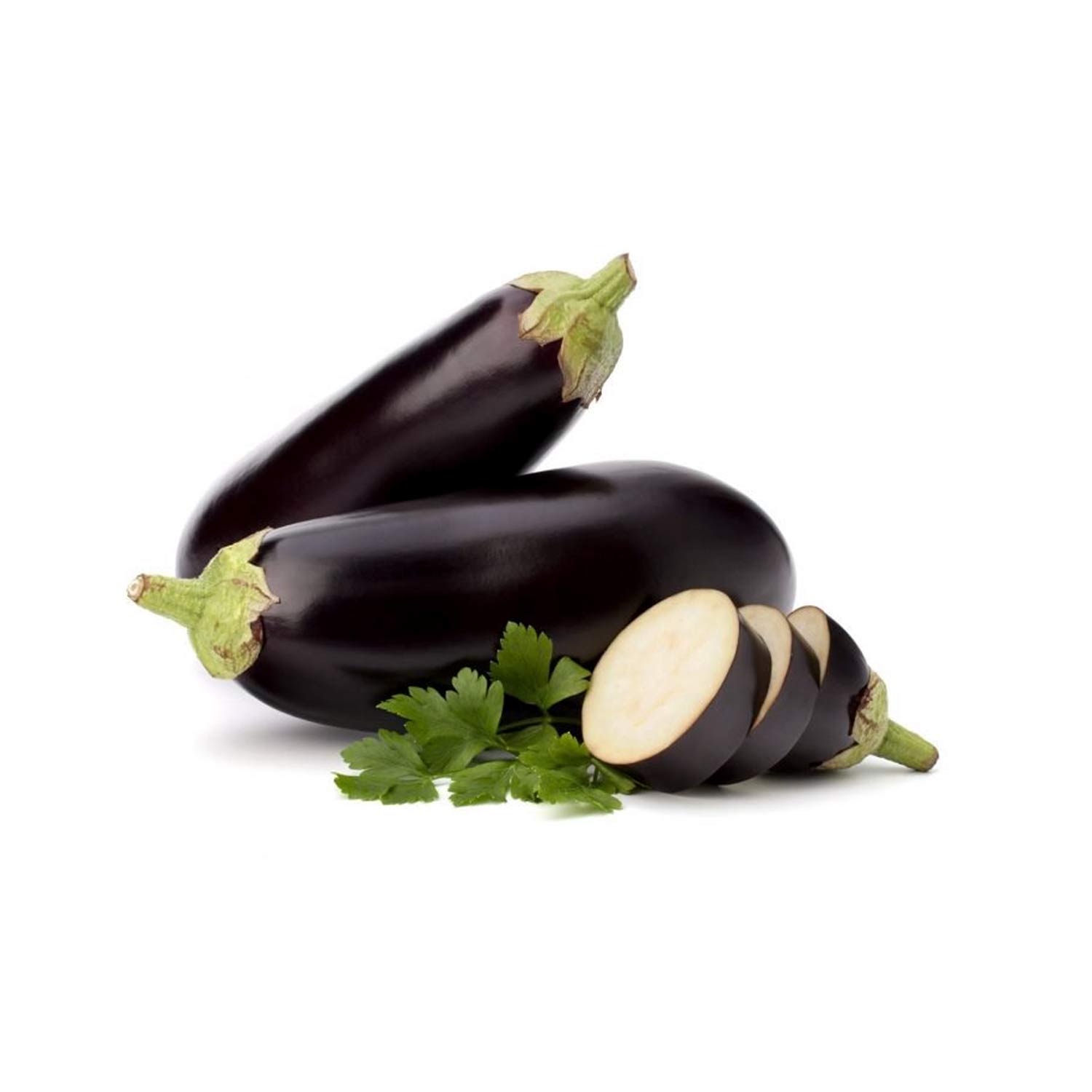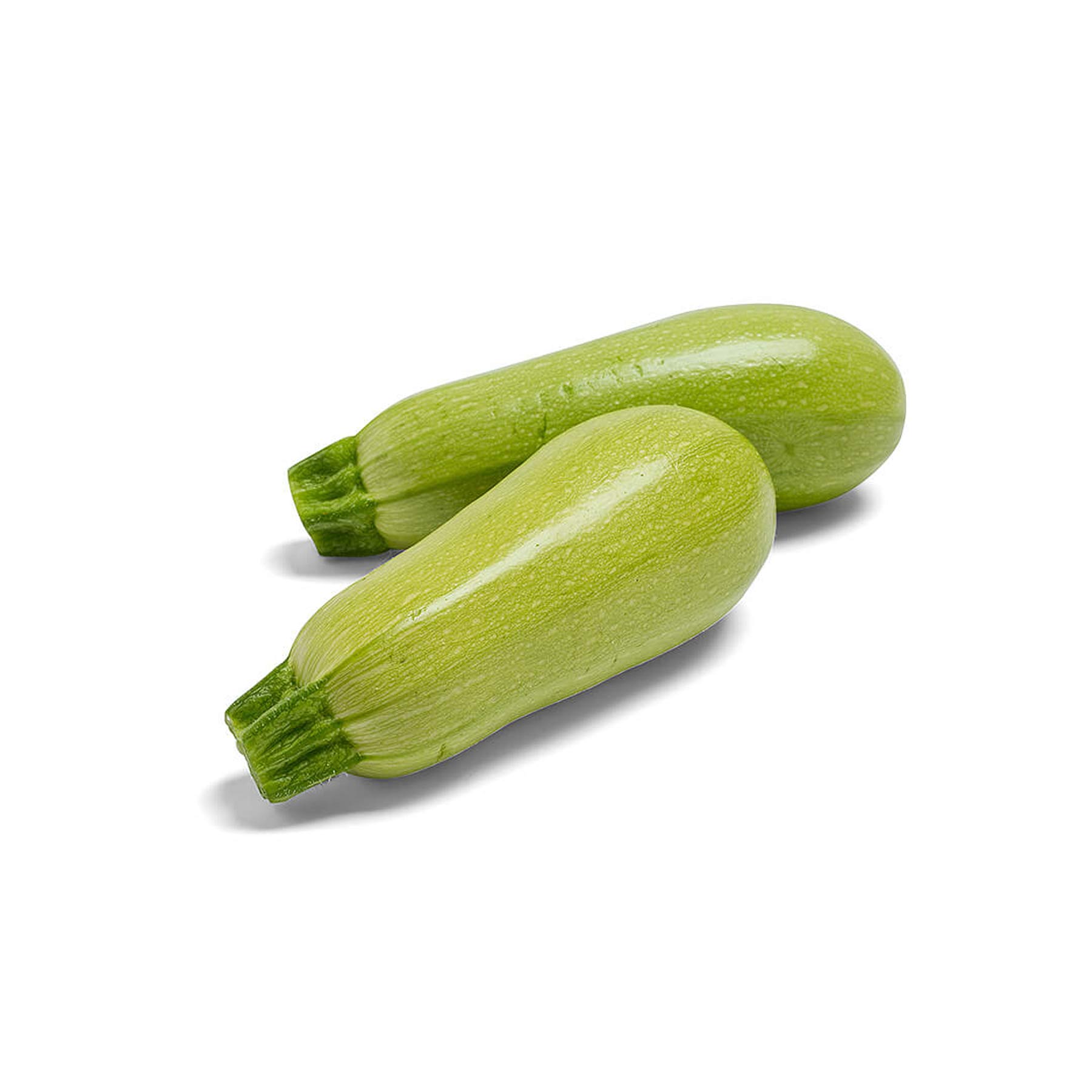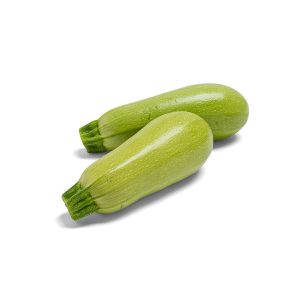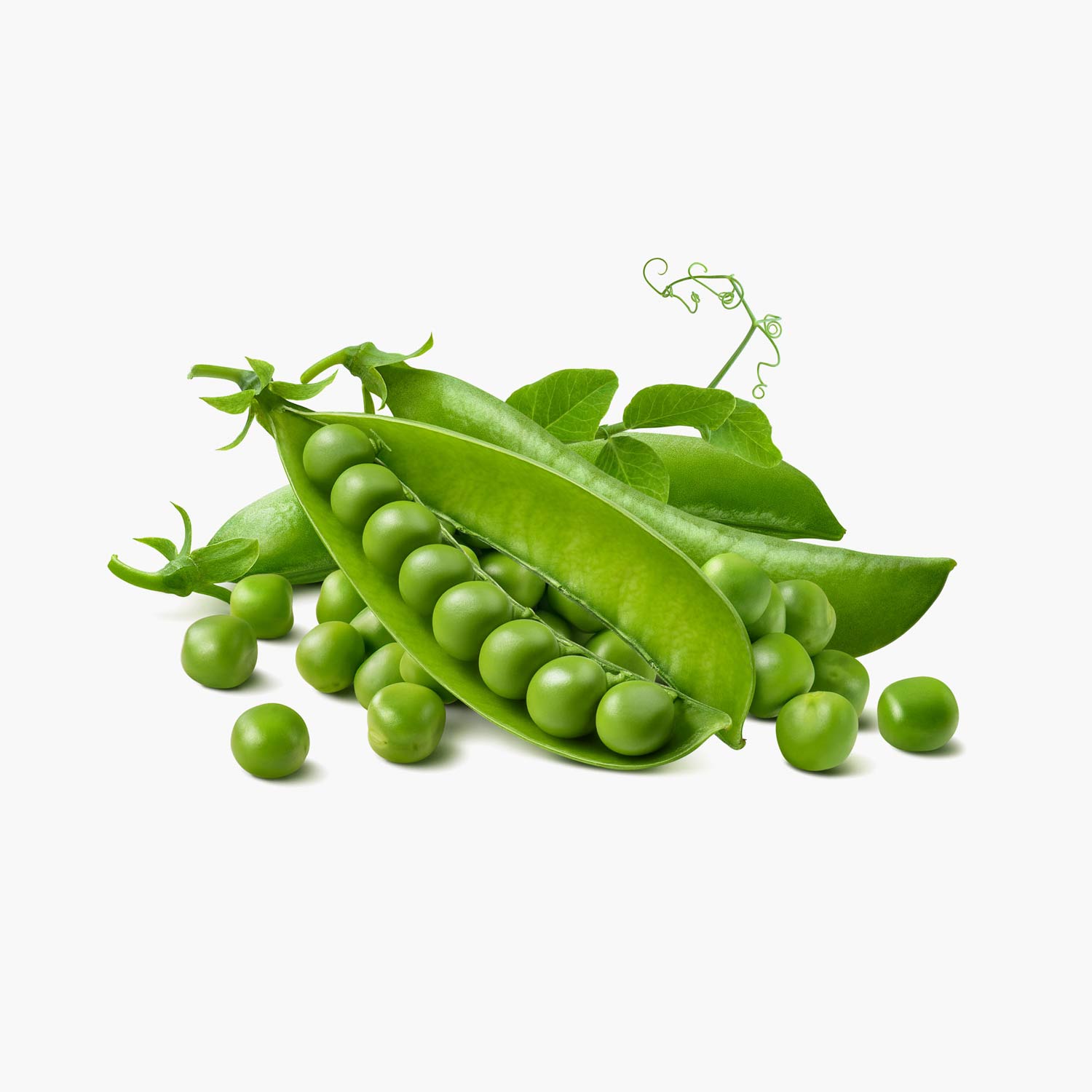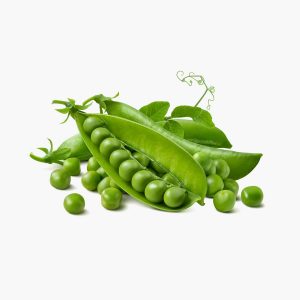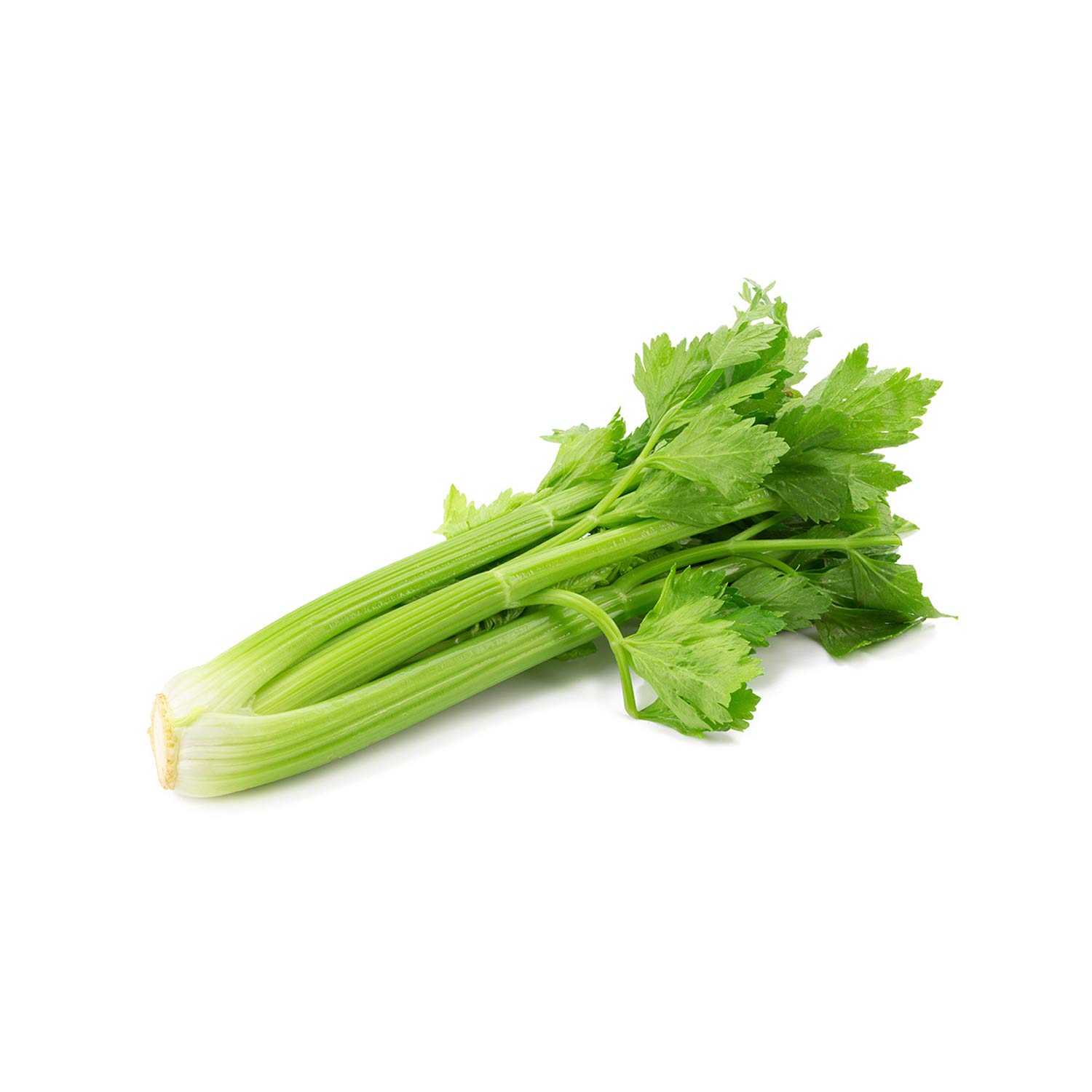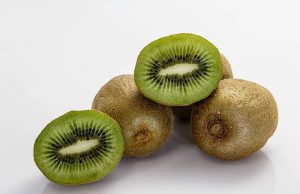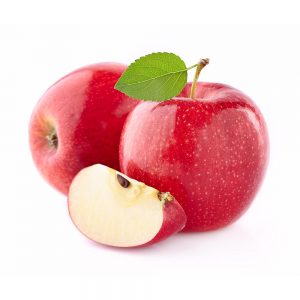A Nutritious Addition to Your Diet
Green Bean Benefits: Why You Should Add Them to Your Diet
It, also known as string or snap, is a popular vegetable enjoyed worldwide. Whether you eat them fresh, steam them, or sauté them, it pack nutrients that offer many health benefits. Because they are low in calories and rich in vitamins and minerals, green beans make a nutritious addition to any meal. In this article, we’ll explore the various benefits of green beans and explain why they belong in a balanced diet. Green Beans supplier


Nutritional Value of it
It provides much more than just great taste; it offers essential nutrients that support overall health. Below, you’ll find key nutrients found in green beans:
Low in Calories: One cup of raw green beans contains only about 31 calories. Therefore, they are ideal for anyone looking to manage their weight. Despite the low calorie count, it feels satisfying and filling due to its fiber content.
High in Fiber: Green beans are an excellent source of dietary fiber, which plays a crucial role in digestive health. Fiber helps regulate bowel movements, prevents constipation, and supports a healthy gut microbiome.
Rich in Vitamins: Green beans contain important vitamins such as Vitamin C, Vitamin A, and Vitamin K. Vitamin C acts as an antioxidant that boosts the immune system; Vitamin A supports eye health, and Vitamin K is essential for blood clotting and strong bones.
Source of Minerals: Green beans also supply key minerals, including iron, calcium, magnesium, and potassium. These minerals help maintain strong bones, regulate blood pressure, and support muscle function. Green Beans supplier
Health Benefits
deliver numerous health benefits, making them an excellent choice for any diet:
Supports Heart Health: The fiber, potassium, and folate in green beans all contribute to heart health. Fiber helps lower cholesterol levels, which in turn reduces the risk of heart disease. Potassium helps regulate blood pressure, while folate supports cardiovascular health.
Aids in Weight Management: Since green beans are low in calories but high in fiber, they help with weight management. The fiber keeps you feeling full longer, reducing the chances of overeating. As a result, green beans make a perfect addition to meals for those wanting to lose or maintain weight.
Boosts Immune System: Thanks to their high Vitamin C content, green beans help strengthen your immune system. Vitamin C stimulates the production of white blood cells, which fight infections. Including it in your diet can help protect you from colds, flu, and other common illnesses.
Promotes Eye Health: Green beans contain carotenoids such as lutein and zeaxanthin, which are essential for maintaining good vision. These antioxidants protect your eyes from free radical damage, lowering the risk of age-related eye diseases like macular degeneration.
Improves Bone Health: The Vitamin K and calcium in green beans play key roles in bone health. Vitamin K aids in bone mineralization, and calcium strengthens bones, helping reduce the risk of osteoporosis and fractures.
How to Incorporate It into Your Diet
They are versatile and easy to use in many dishes. Here are some simple ways to enjoy green beans while benefiting from their nutrition:
Steamed or Boiled: One of the easiest methods is to steam or boil green beans. Add olive oil, garlic, and a pinch of salt to create a flavorful side dish.
In Stir-Fries: Green beans work well in stir-fries. Combine them with other vegetables like bell peppers, carrots, and broccoli, along with lean protein such as chicken or tofu, for a quick, healthy meal.
In Salads: Blanch green beans and toss them into your favorite salads for extra crunch and nutrients. They pair well with mixed greens, nuts, and a light vinaigrette.
Roasted: Toss green beans with olive oil, garlic, and seasoning, then roast in the oven until crispy and delicious.
As a Snack: Lightly steam or roast green beans for a nutritious snack. They make a great alternative to chips or other processed snacks.

